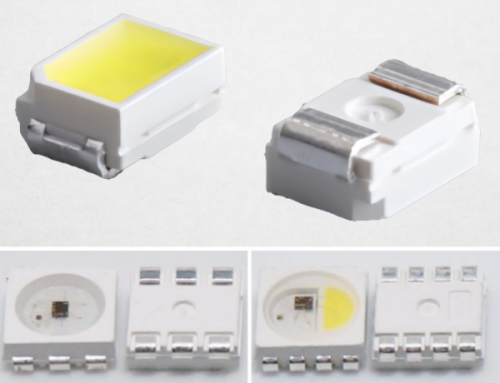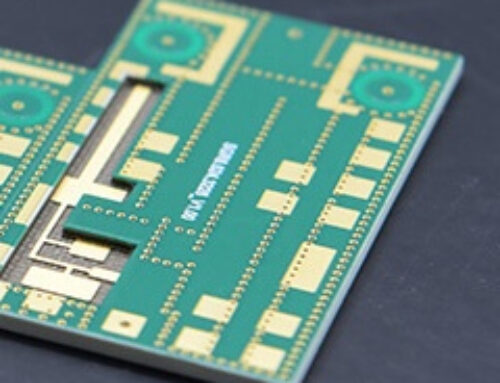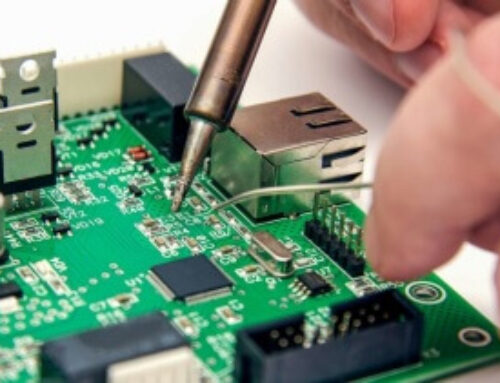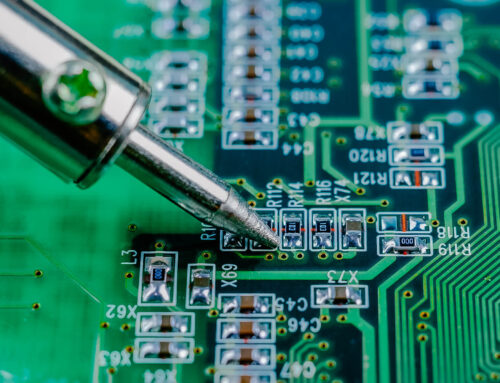What Are the Advantages and Disadvantages of Single-Layer PCBs
PCBs are used to support and connect electrical components in digital products. This article introduces the advantages and disadvantages of single layer PCBs.

Table of Content
PCBs support and connect electric elements
within electronic products. Generally, they are made of copper, material and substrate. Size and layer
count directly affect the efficiency and strength of PCBs. The capability of a PCB increases when it has
more layers. It has significant advantages in the electronic industry.
1. What Is Single-Layer PCB
A single-layer printed circuit board (PCB), also known as a motherboard, is a type of board that only
has a thin layer of conductive material (generally copper) covering one part of the board. The other
part is used as a connector for electronic components.
In order to manufacture the electric borders, fills and ports, as well as parts, cables and placing
holes, we use a PCB substrate with a single layer, a conductive metallic layer, silkscreen and
protective soldermask.
The electronics industry relies heavily on PCBs with a single layer, despite the introduction of new
innovations.
2. The Advantages of Single-Layer PCB
The cost of SMT manufacturing
It is easier to set up and less likely to make mistakes
Soldering, placing and electronic boring are simple because there is only one sheet.
The best selection of minimal layouts
Automation of consumer electronics is cost-effective.
Finest selection for quick, automation.
3. The Downsides of Single-Layer PCB
Single-layer PCBs have the advantage of being simple and inexpensive to manufacture. They also have some
disadvantages, which customers should be aware of.
There is no room or pins on the published motherboard for all of the parts.
Reduced efficiency and speed.
Weight and size increase as capability increases. This reduces the portability.
related Posts
Contact us
WhatsApp: +86-13570802455
Wechat: +86-13570802455
Teams: alek_youte
Email: sales@yt-electronic.com








